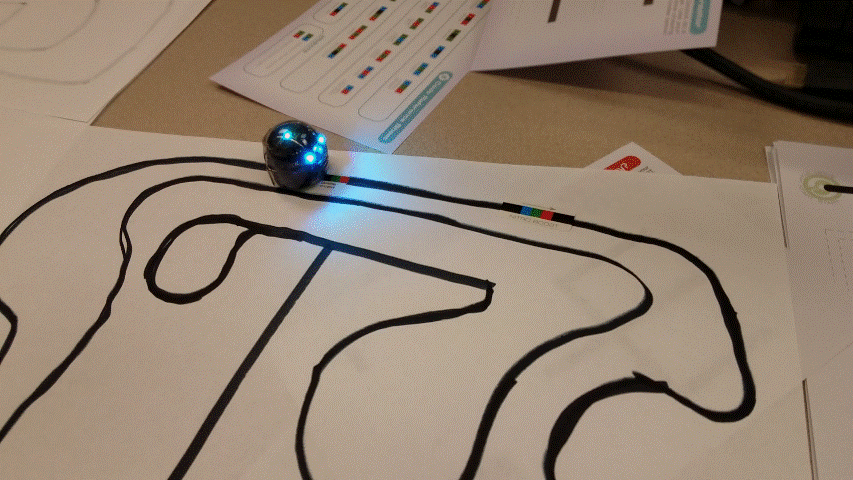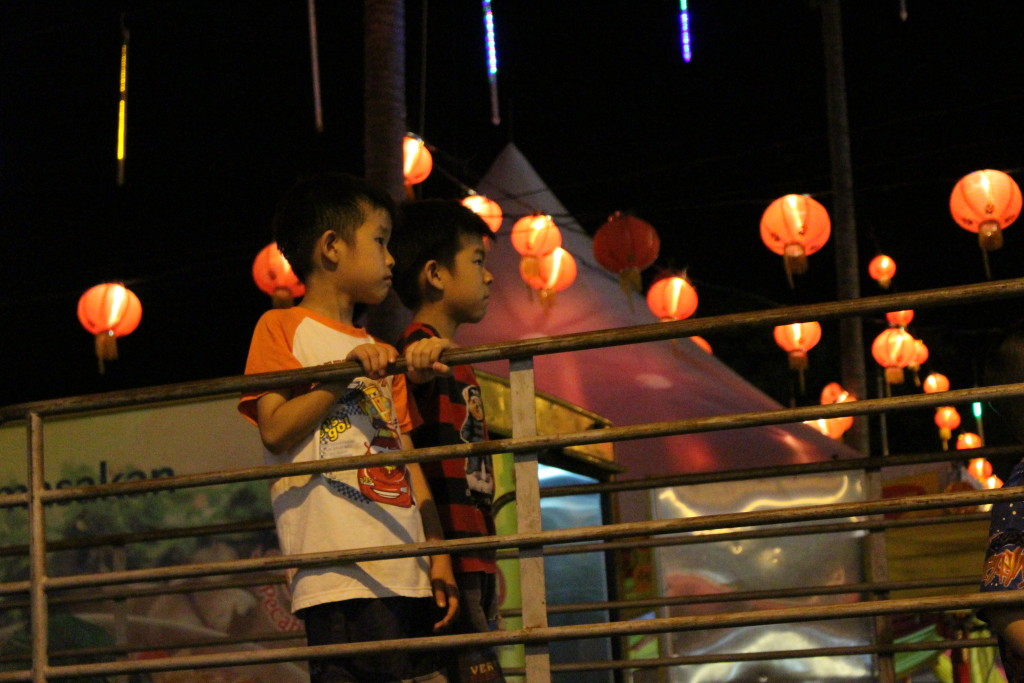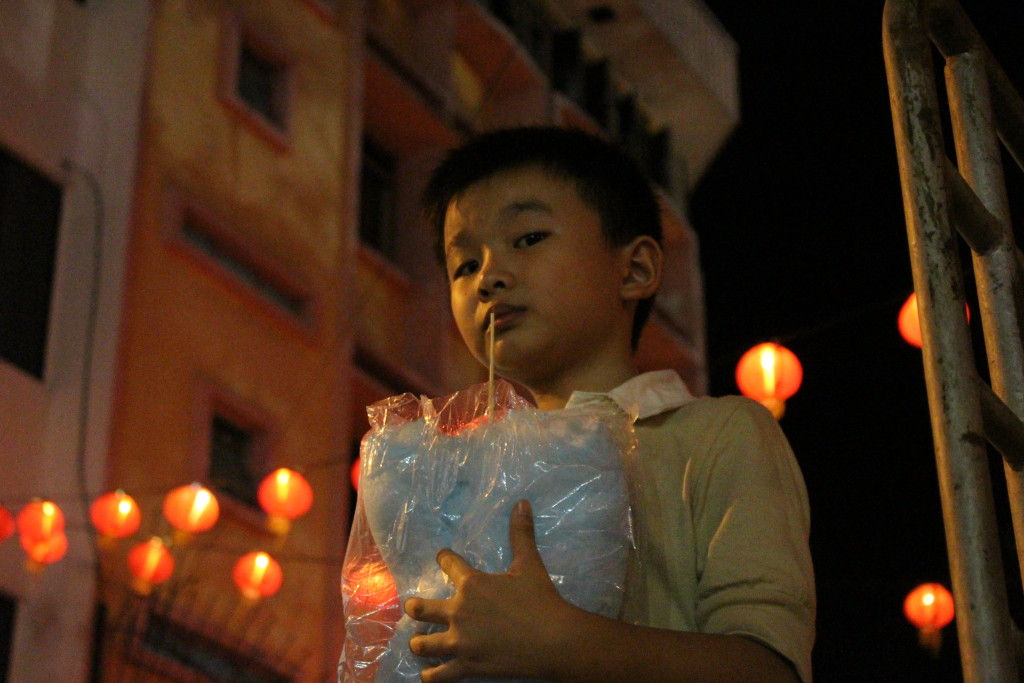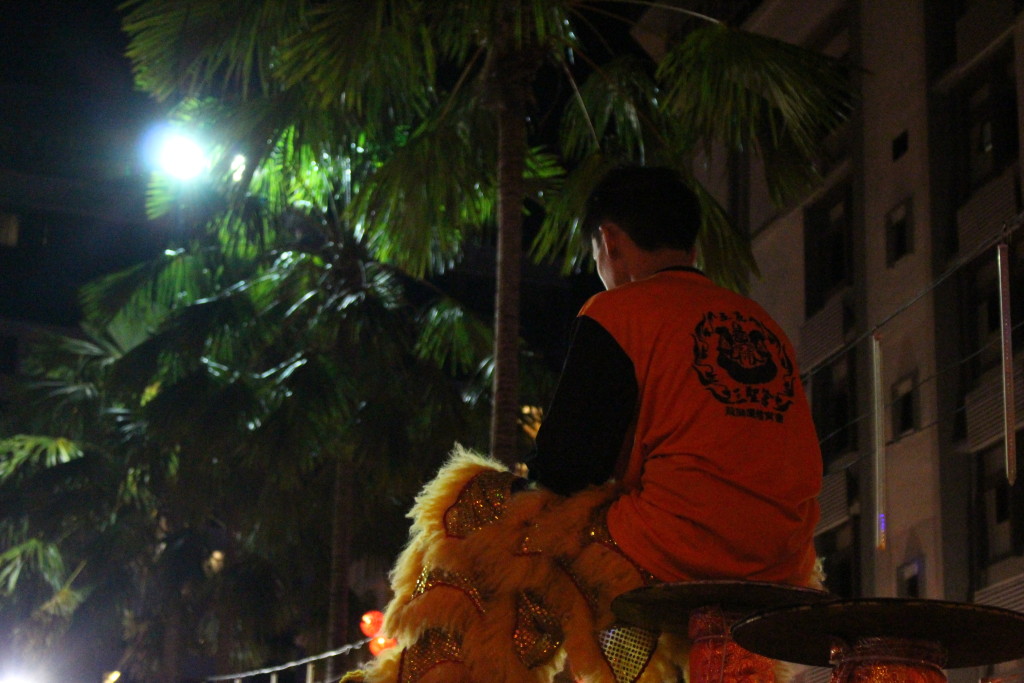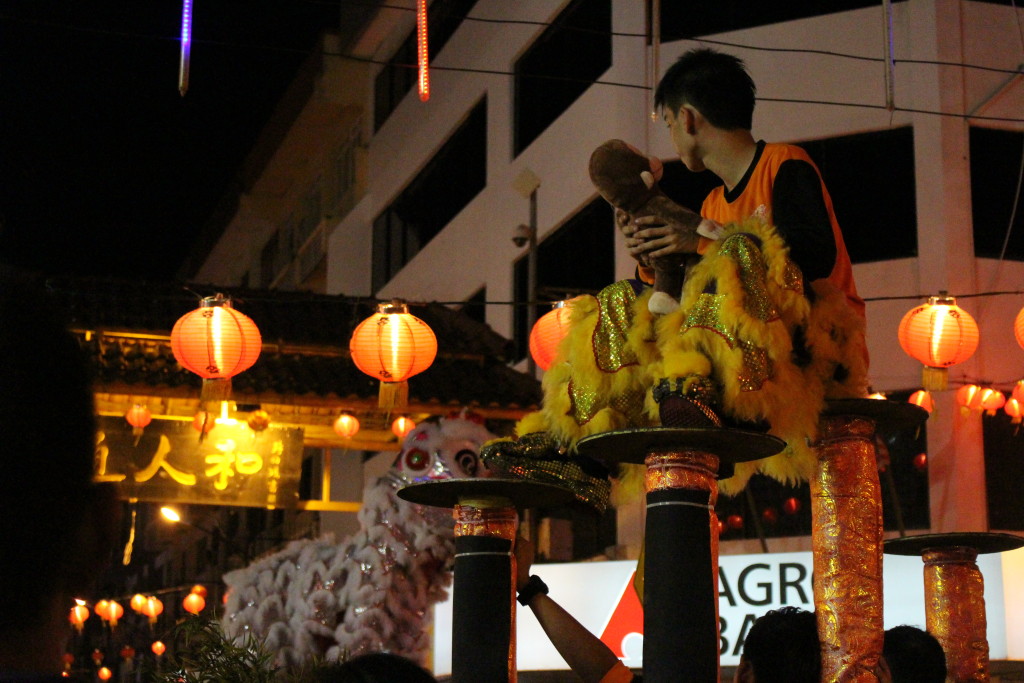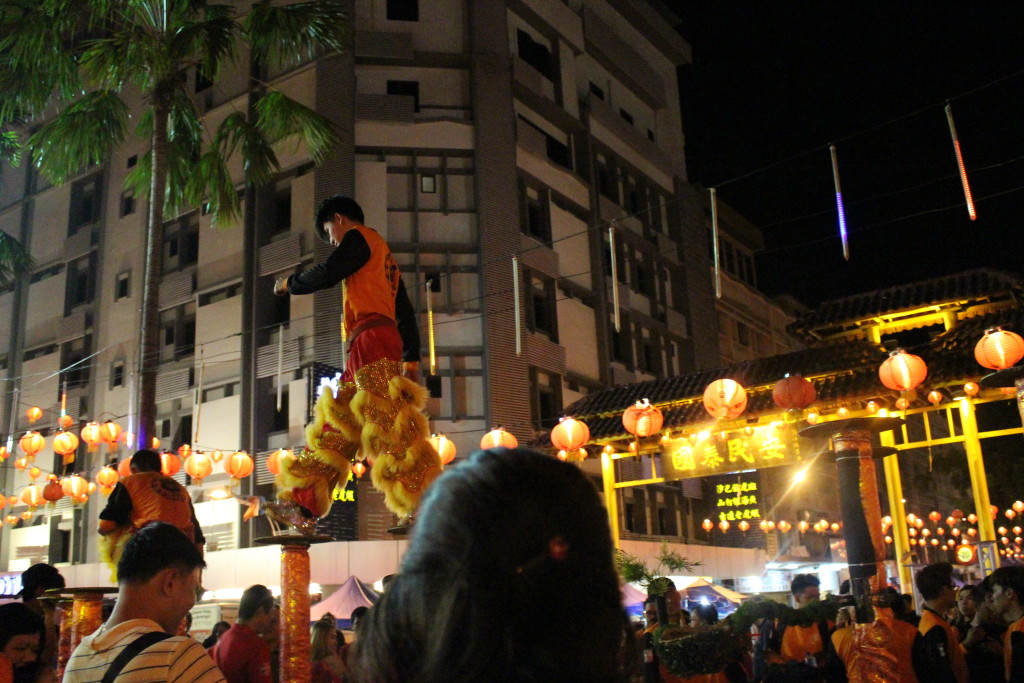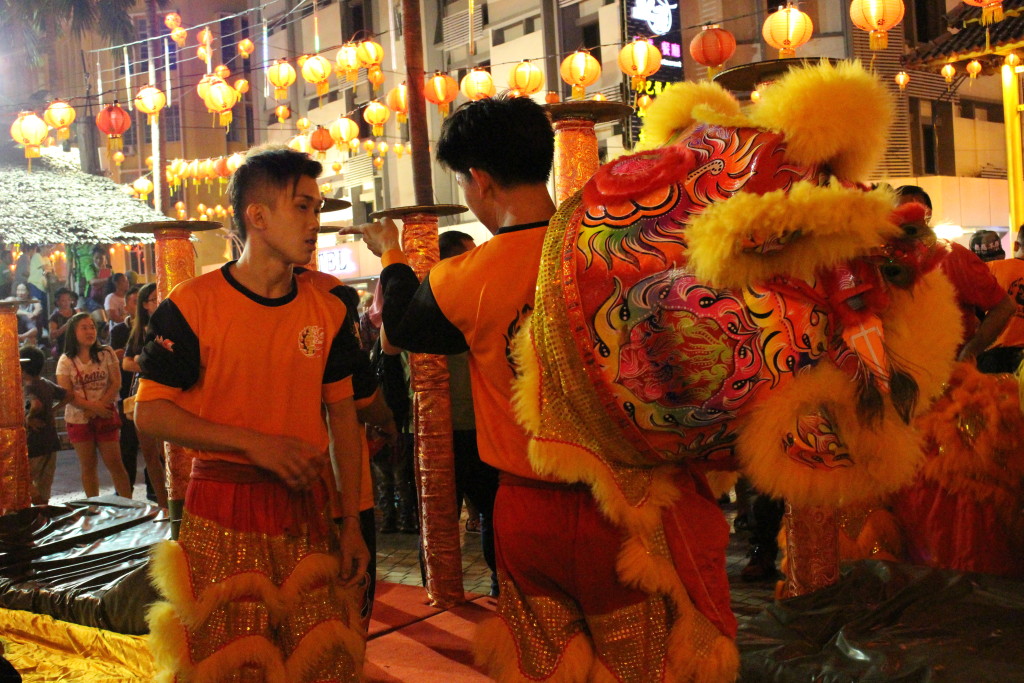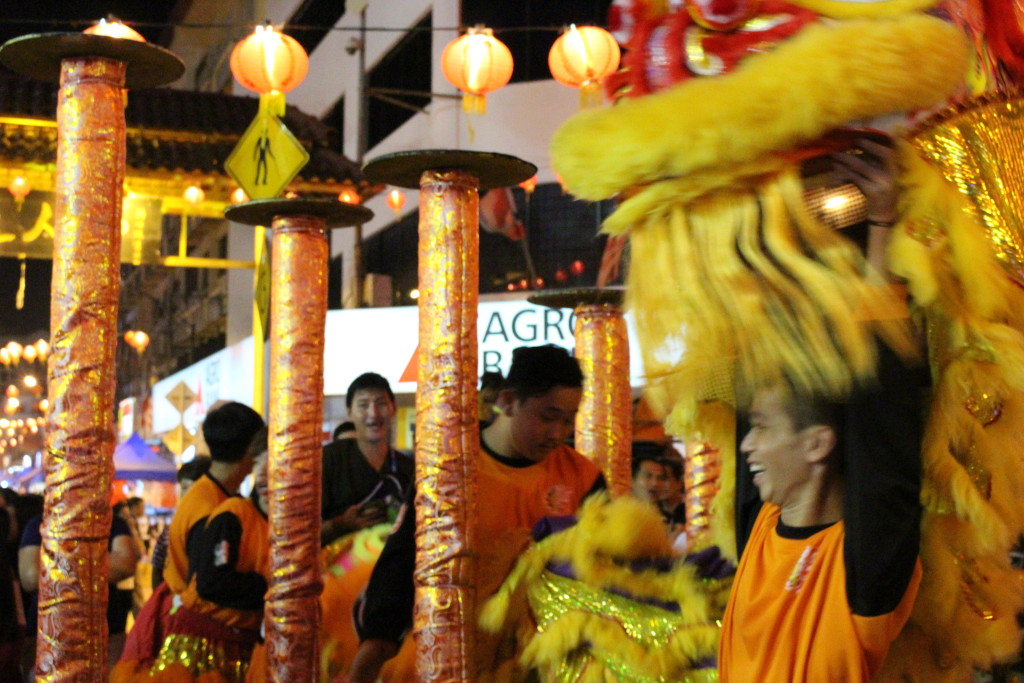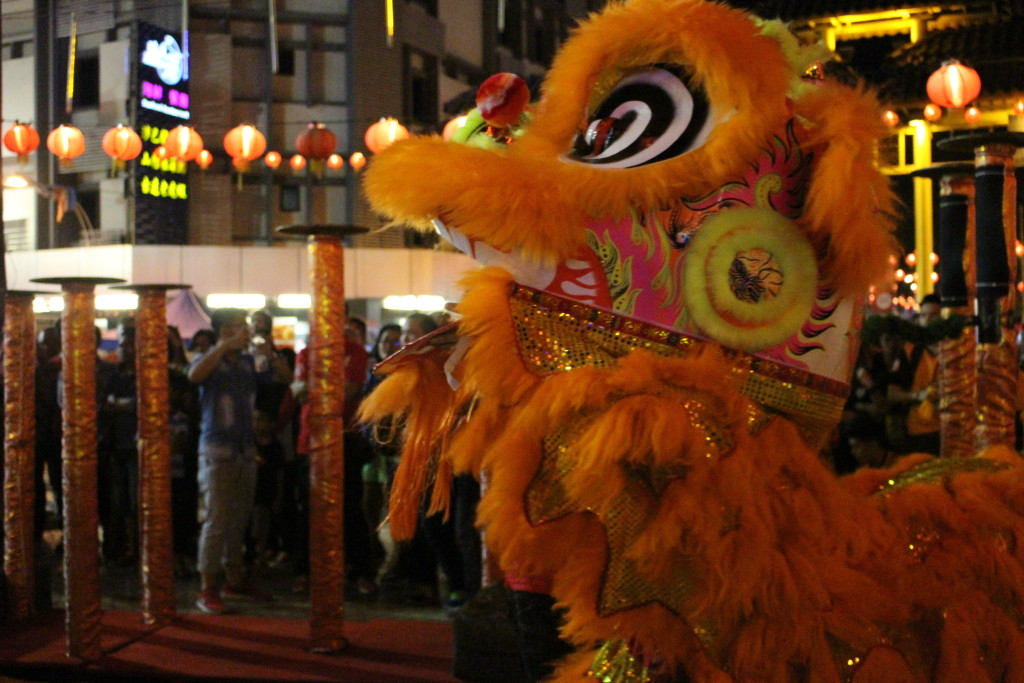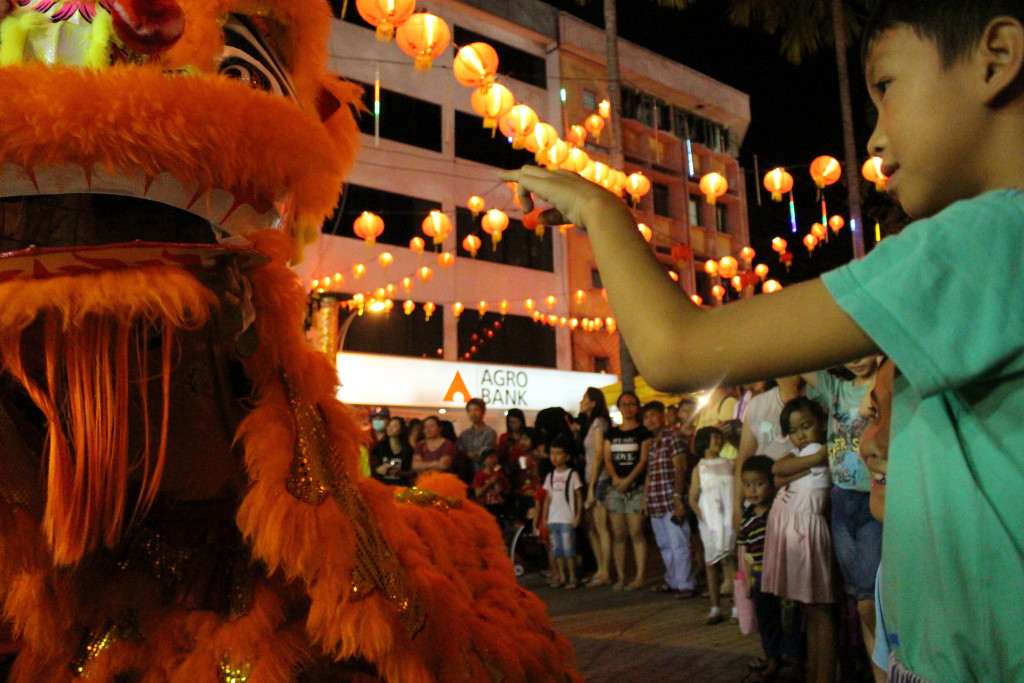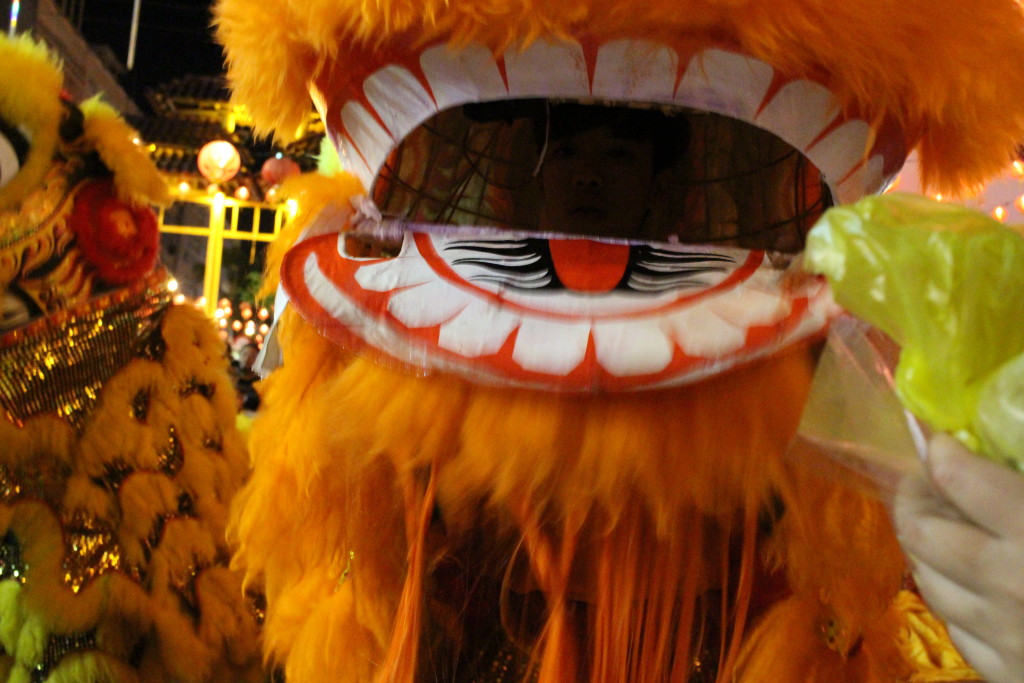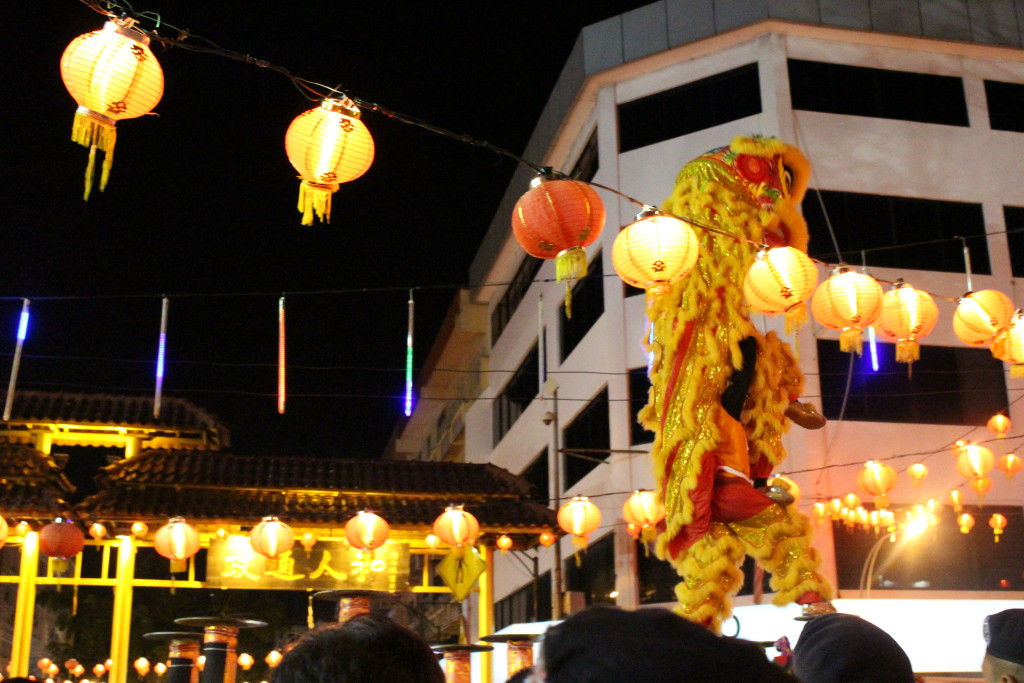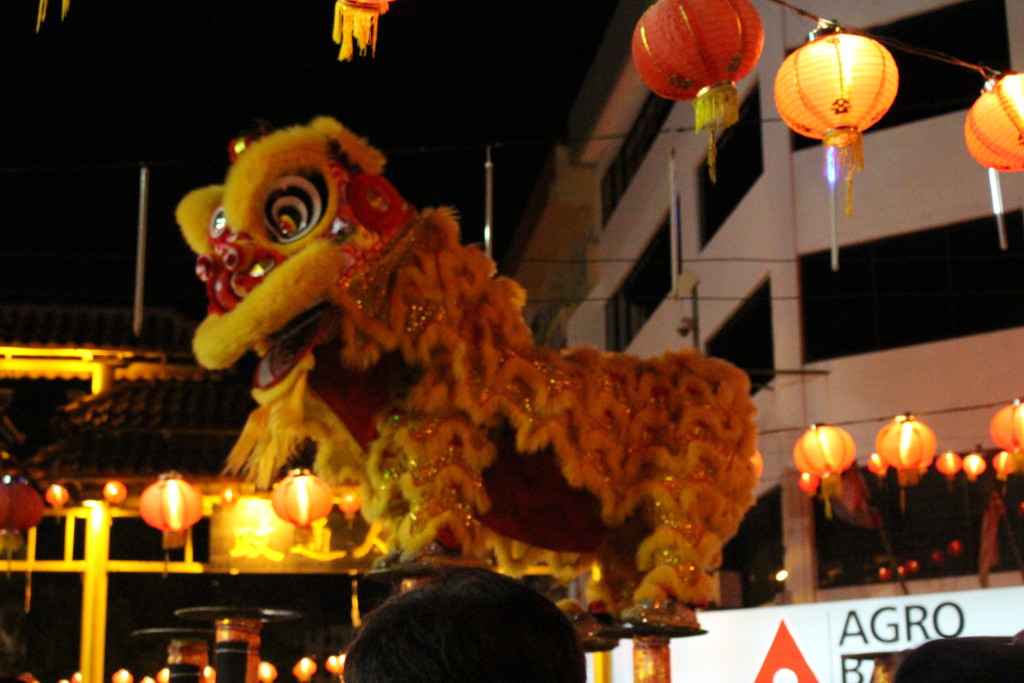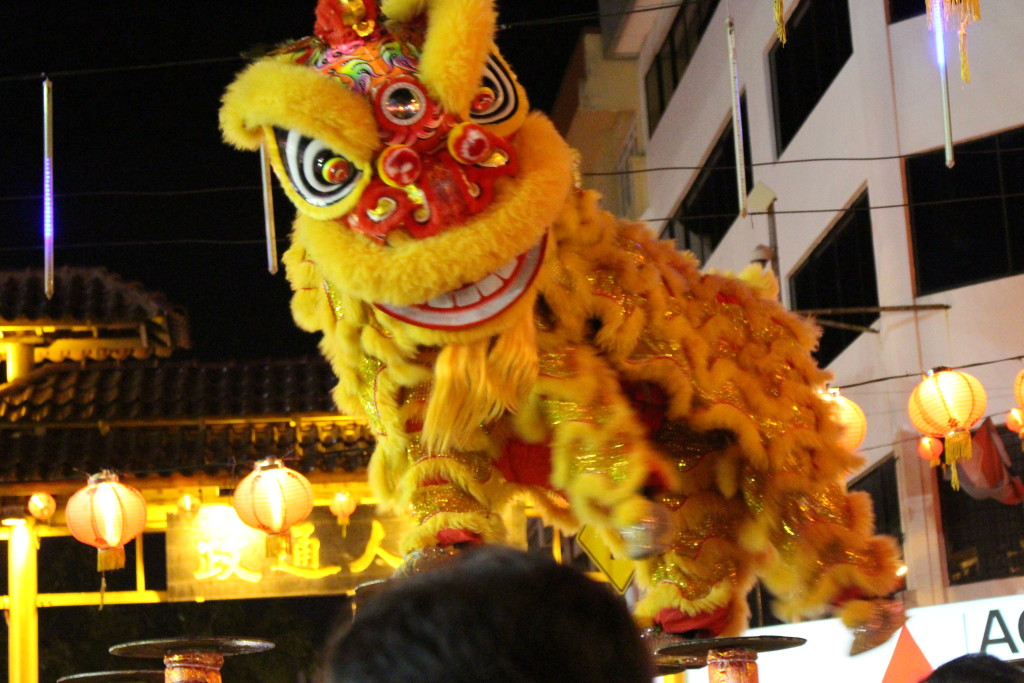Lunar New Year is almost here, and I couldn’t be more excited to be celebrating here in Kota Kinabalu (KK). My travels have brought me to Sabah, a state in East Malaysia where the Hakka community here is famous for being one of (if not the) largest Hakka-speaking communities in the world outside of China. Researchers from around the world have been brought to KK to conduct research on the culture, ecology and biodiversity here.
In particular, cultural anthropologists have been fascinated by the way in which Chinese culture has maintained its resilience in this area. There’s no better time like Chinese New Year to observe the richness of Chinese identity in Sabah.
Before the new year officially starts, Gaya Street hosts a night market for three nights in a row the week before the festivities begin. Among the blue tents, lanterns and performers were Sabahans of all ages eagerly anticipating the lion dance.
Lion dance teams are no joke. Besides the physical duress of training, the brutal heat and long hours call for high praise of the young men who volunteer to perform.
But who are these performers? These days, the young men beneath those costumes are not Chinese, as one might suspect. According to today’s Sabahans, young Kadazan men are more commonly the ones who have put in the labor to keep up this beloved Chinese tradition. When I asked how this came about, some Chinese men shrugged and candidly replied, “Sometimes we’re just lazy or scared of the heat. The parents tell them not to tire themselves. So other boys do it.”
Many Chinese here see it as a positive thing that other peoples participate in their own customs–a characteristic that is a trademark of Sabahan cultural plurality. This isn’t always the case for other overseas Chinese who have been more protective over who can and cannot participate in cultural traditions, especially those that are male-dominant. In one case, a friend told me that he had heard people react in disappointment. “‘That’s our dance. Chinese only.'”
Considering that there are arguably fewer customs that men feel responsible for, I am not surprised that other overseas Chinese might react protectively toward Sabahans’ lion dance companies. And if not protective, other attitudes loan themselves to a sense of responsibility and duty to “preserve” tradition. Indeed, during this time of year, my Facebook feed has been filled with Hakka-Indian cousins and relatives proudly posting photos of boys back home, muscles flexed and shoulders straight.
And indeed, these dances are fierce. While they may delight older audiences, it’s not uncommon to find children who recoil in fear or hide at the sound of the drums. Lion dance performances play an important role in masculinity for overseas Chinese communities. Particularly associated with southern Chinese (though there are northern styles as well), these dance forms take on their own regional flairs. Here in Kota Kinabalu, well seasoned lion dancers know the differences between Hokkien, Cantonese and Hakka styles and costumes.
The lion dance could say a lot about the Chinese community–though to be honest, I can’t always interpret the things I see. Growing up as one of the only Chinese families in my hometown, I realize during this time of year in KK that I know so little about distinguishing Hakka and Chinese cultures. Most days, I am in awe of the sounds, events and people. But when it comes to the lion dance, I feel like a spectator of my own heritage in so many ways. In one sense, I’m watching young men of a different ethnicity getting paid very little to keep aspects of my own culture alive. But on the other hand, I’m seeing young men who influence our culture in their own ways: introducing different drum rhythms, mixing Hokkien and Hakka styles, pulling stunts that make the crowds gasp in shock and anticipation.
And I see how masculinity is so inextricably intertwined with these dance troupes as well. Behind the viewfinder, young boys gaze from a truck bed in awe and wonder if they’ll do the dance someday. A teenage boy takes a cigarette break with his friends, making eyes at the pretty girl that just walked by but not daring to yell out “Liang moy!” at her because he’s not that type of man. Another young man puts on the headdress and refuses to be distracted by the young children trying to pet at the bright red synthetic fur. Another one balances on a pedestal with the monkey his girl just gave him, perhaps in giddy and fearful wonder.
Will he fall? What if he misses a beat? Will he remember what to do?
The new year is filled with uncertainties, and so he drinks another beer and waits for the drums to sound.
